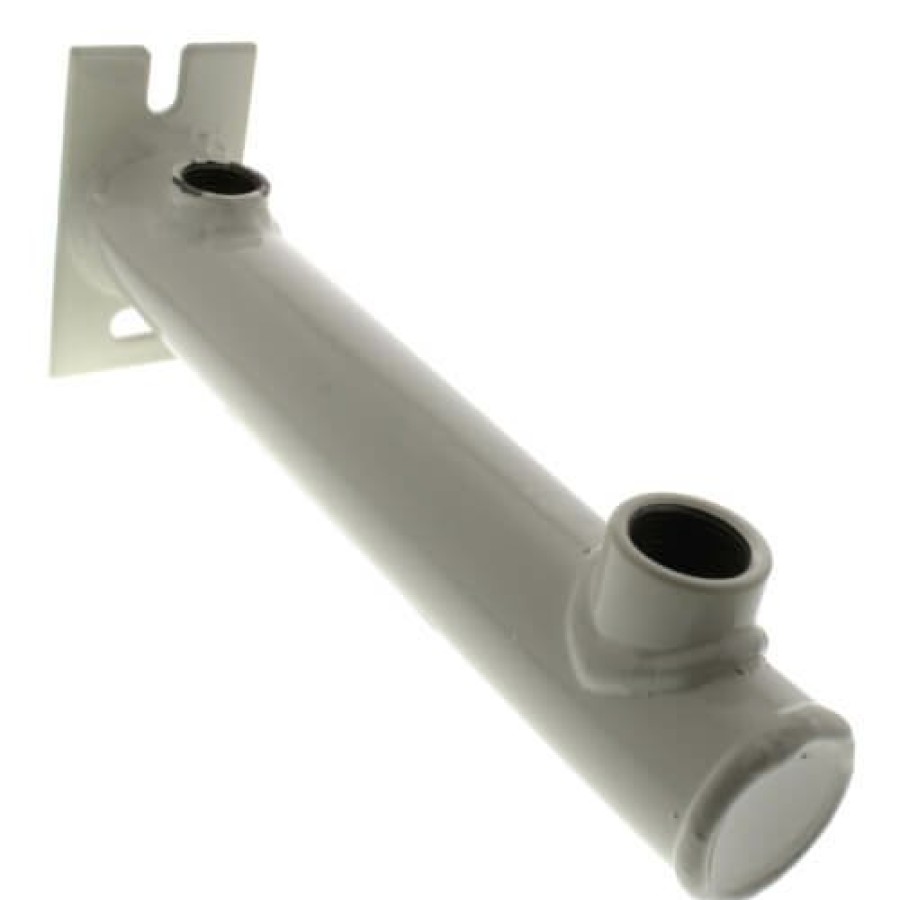Heating Field Controls Field Controls Venting | 5″ Stainless Steel Replacement Motor Kit For Swgii-5 & Swg-5
$550.97 $97.00
Heating Field Controls Field Controls Venting | 5″ Stainless Steel Replacement Motor Kit For Swgii-5 & Swg-5

Gas And Oil Heating Appliances Generate Heat Through The Combustion Of Fuel. The Heat Is Transferred Through The Heat Exchanger And Distributed To The Conditioned Space. The Products Of Combustion, However, Must Be Vented Safely Out Of The Structure. In A Conventional Chimney, Venting Is Achieved By The Natural Lifting Action Of The Hot Combustion Gas. New, Efficient Systems Absorb More Of The Heat In The Heat Exchanger And Produce Lower Temperature Vent Gas. Lower Temperature Gas Does Not Rise As Quickly Or As Reliably As In Older, Less Efficient Systems. Power Venting Or Sidewall Venting Is More Economical And Safer Than Chimney Venting. A Power Venter Uses A Motorized Blower To Vent The Products Of Combustion. A Power Venter Is Interlocked With The Appliance To Ensure That Proper Draft Is Achieved Before The Appliance Burner Is Activated.
Features
- Patented Swg Or Combovent Power Venters Are Etl And Cetl Listed For All Lp Gas, Natural Gas, Or Oil-Fired Heating Equipment. The Swg Or Combovent Combines The Motor, Blower, And Vent Hood In One Complete, Easy To Install Unit. The Swg Mounts On The Outside Of The Building And Pulls The Combustion Gases From The Appliance Through The Outside Wall Utilizing 100% Negative Pressure.Benefits Of The Swg Or Combovent Power Venter Include:
- 100% Negative Pressure In The Vent Pipe For Maximum Safety.
- Standard Galvanized Pipe Can Be Used Instead Of Expensive Stainless Steel.
- No Need To Seal Vent Pipe Joints, Saving Time And Money.
- Significantly Longer Vent Lengths Than Positive Pressure, Direct Vent Systems.
- The Swg Or Combovent Is Recommended By Major Heating Appliance Manufacturers.
- The Swg Or Combovent Must Be Sized To Match The Appliance Or Appliances’ Input Firing Rate. Most Firing Rates Are Published In The Manufacturer’S Installation Manual. The Swg And Combovent Must Be Installed With A Ck Control Kit To Ensure Proper Listing And Safe, Efficient Venting.





















Reviews
There are no reviews yet.